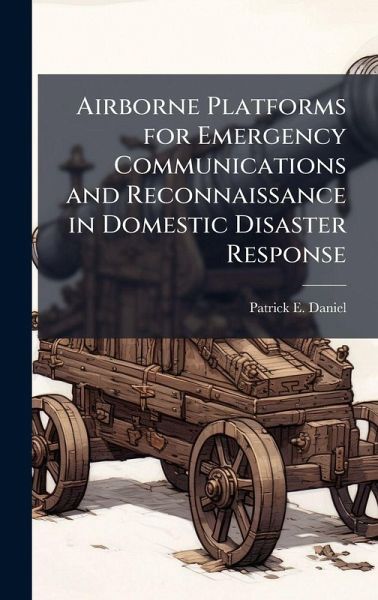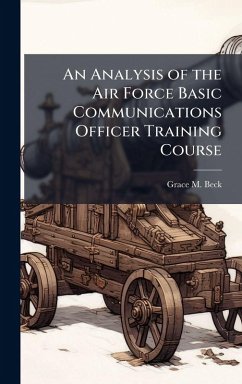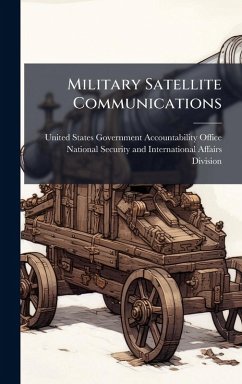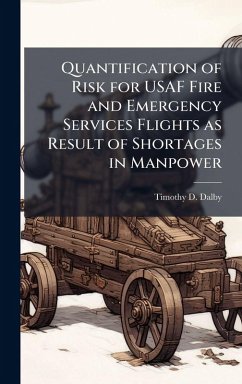
Airborne Platforms for Emergency Communications and Reconnaissance in Domestic Disaster Response
Versandkostenfrei!
Versandfertig in über 4 Wochen
25,99 €
inkl. MwSt.
Weitere Ausgaben:

PAYBACK Punkte
13 °P sammeln!
Since the 19th century, aircraft have played a significant role in military operations worldwide. From the use of observation balloons in the American Civil War, to the introduction of jet-powered aircraft in World War II, to the advent of remotely piloted aircraft (RPA) like the Reaper and Global Hawk, the role of aircraft has been ever expanding as technology advances in our nation's Air Force. One of the initial roles of military of aircraft was to provide intelligence, surveillance and reconnaissance (ISR) to battlefield commanders. That role continues today in a variety of situations. One...
Since the 19th century, aircraft have played a significant role in military operations worldwide. From the use of observation balloons in the American Civil War, to the introduction of jet-powered aircraft in World War II, to the advent of remotely piloted aircraft (RPA) like the Reaper and Global Hawk, the role of aircraft has been ever expanding as technology advances in our nation's Air Force. One of the initial roles of military of aircraft was to provide intelligence, surveillance and reconnaissance (ISR) to battlefield commanders. That role continues today in a variety of situations. One of those situations is disaster response in the continental United States. US Air Force aircraft and sensor technology can provide detailed imagery and video of affected areas to assist with relief efforts. These aircraft can also be used to assist in another critical area of disaster response: communications restoral. Multi-role aircraft, manned, unmanned, and remotely piloted can be used to provide this ISR capability and provide communications service to an area affected by a disaster. Responding to a US Northern Command requirement, this research paper will explore which types of airborne platforms, to include airships, tethered aerostats, traditional heavier than air remotely piloted platforms, and others, can provide emergency communications and wide area surveillance both prior to a disaster situation, and during the US Government's response operations. The US Government response to Hurricane Katrina will be used as a case study to determine exactly what communications and ISR capabilities will be required to support disaster response operations. Lessons learned from Hurricane Katrina will also be explored. This work has been selected by scholars as being culturally important, and is part of the knowledge base of civilization as we know it. This work was reproduced from the original artifact, and remains as true to the original work as possible. Therefore, you will see the original copyright references, library stamps (as most of these works have been housed in our most important libraries around the world), and other notations in the work. This work is in the public domain in the United States of America, and possibly other nations. Within the United States, you may freely copy and distribute this work, as no entity (individual or corporate) has a copyright on the body of the work. As a reproduction of a historical artifact, this work may contain missing or blurred pages, poor pictures, errant marks, etc. Scholars believe, and we concur, that this work is important enough to be preserved, reproduced, and made generally available to the public. We appreciate your support of the preservation process, and thank you for being an important part of keeping this knowledge alive and relevant.












